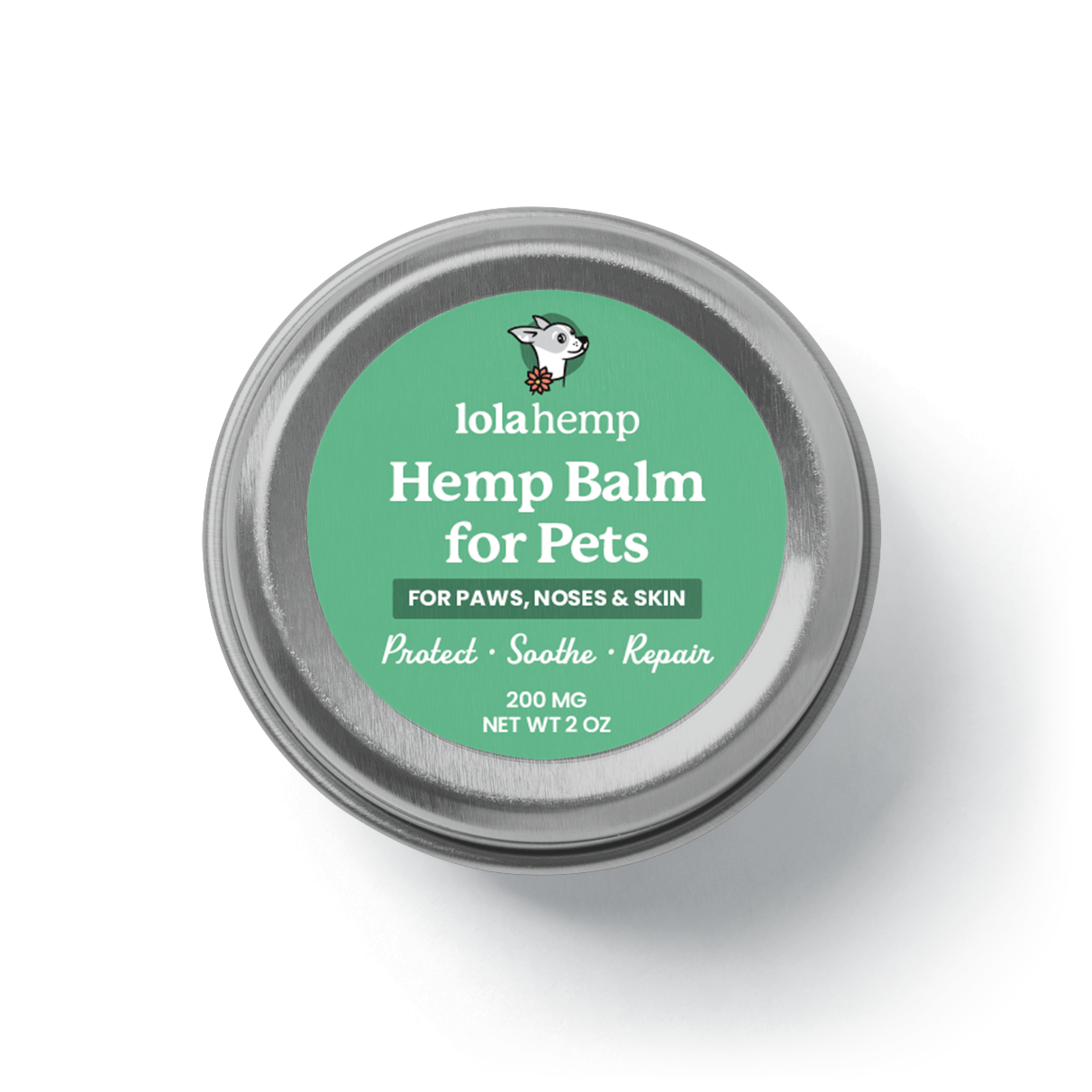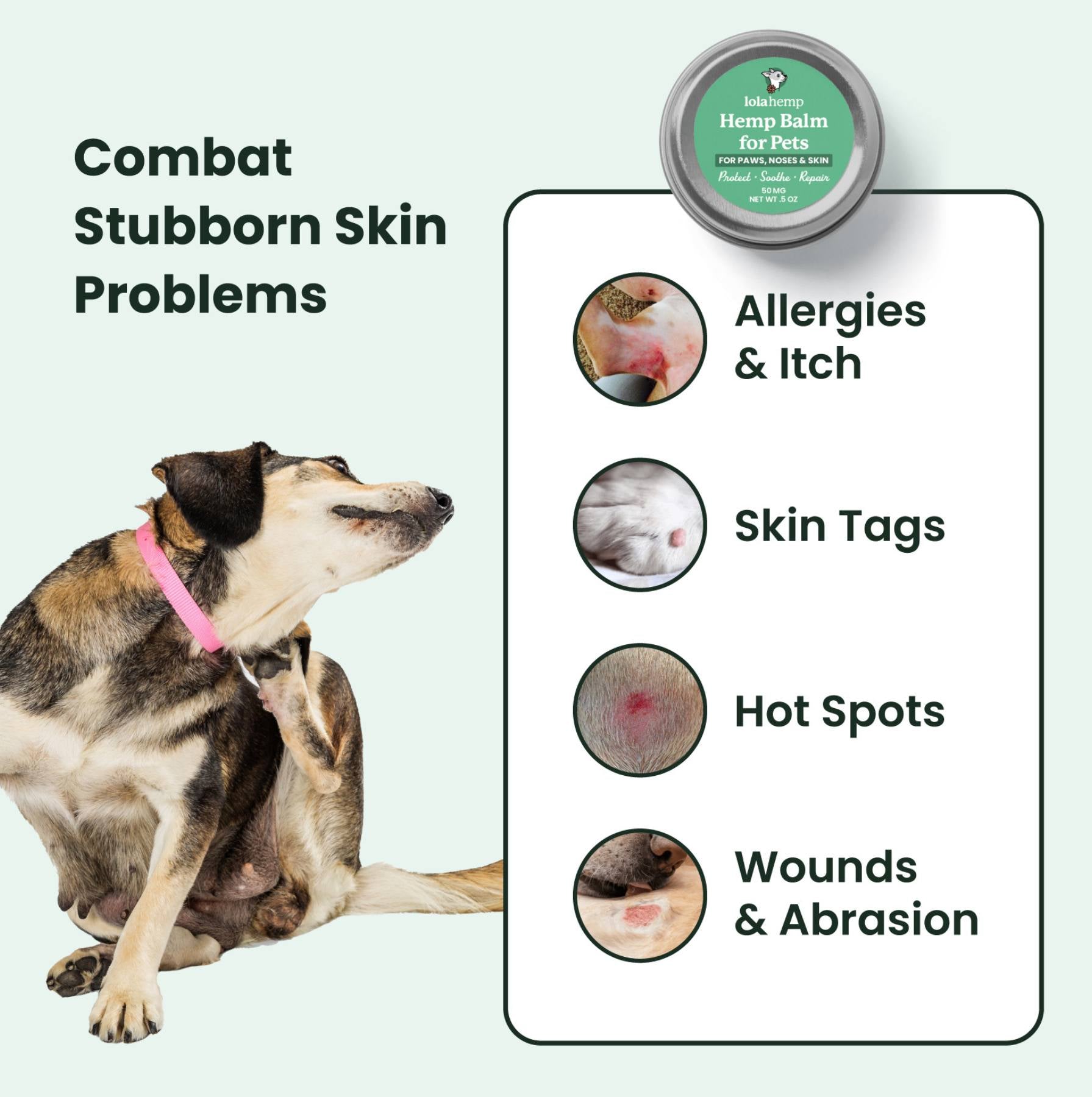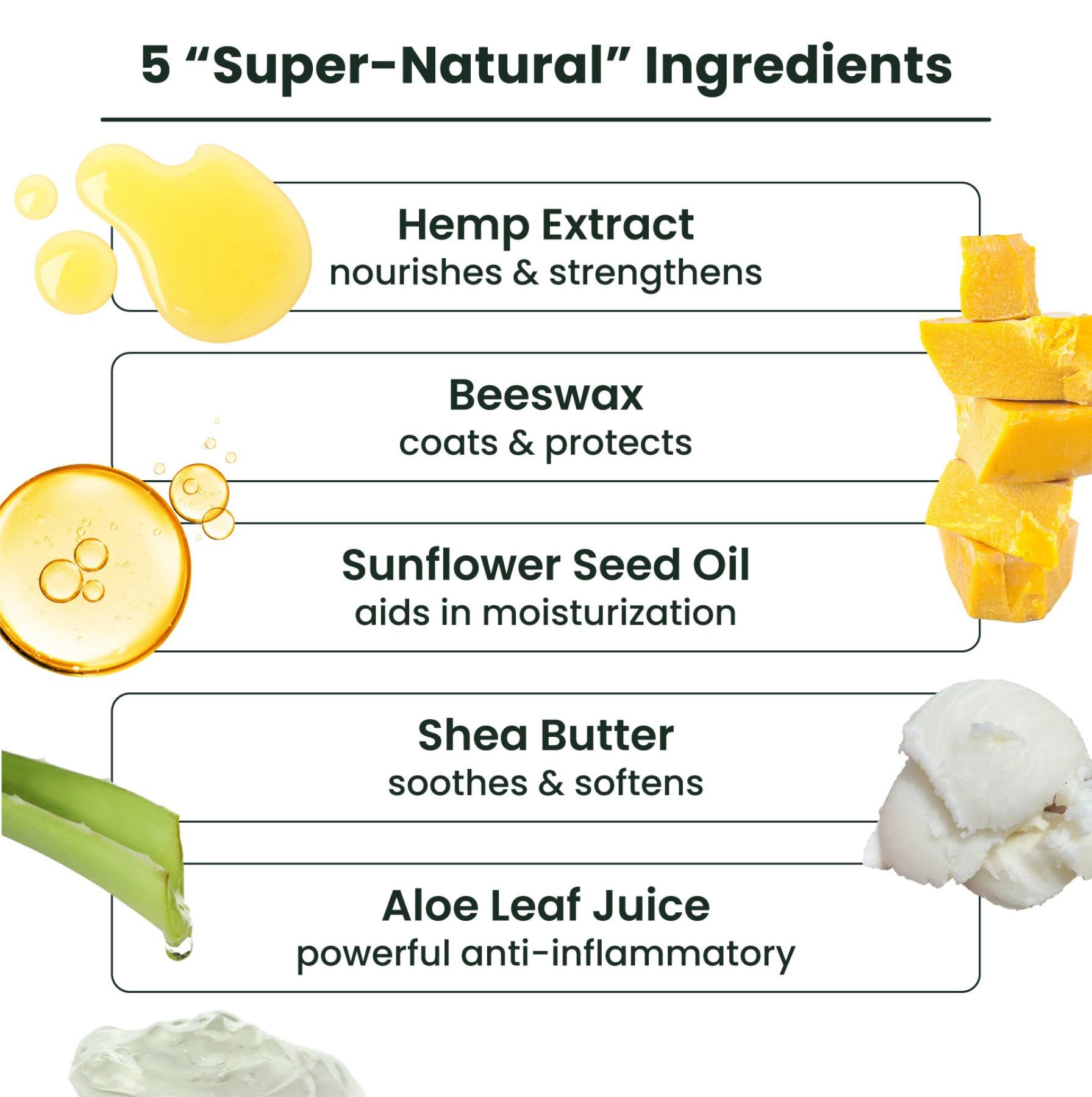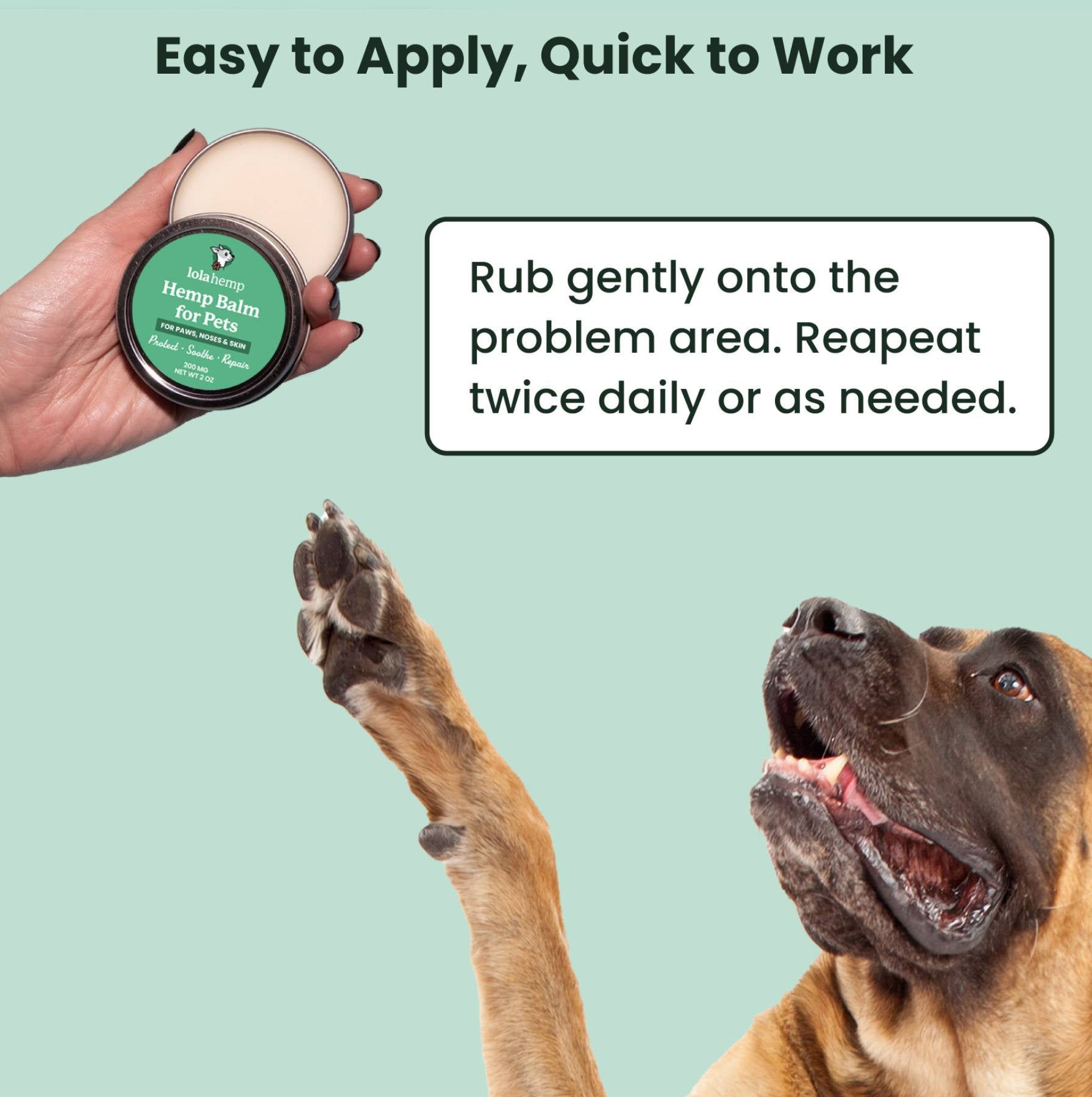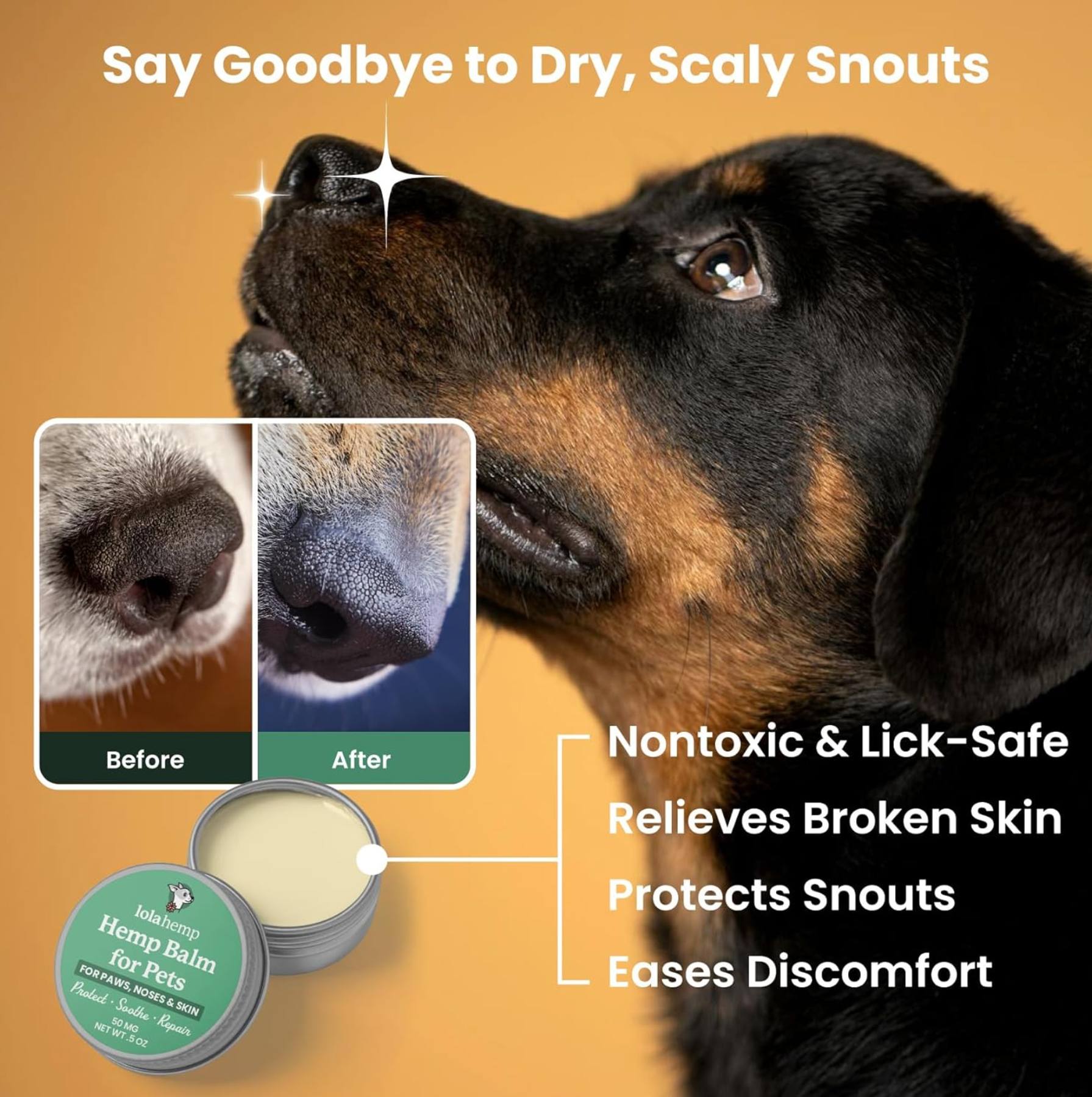It can be concerning to see slight changes in your dog's behavior or appearance. It's particularly stressful when you're not sure why something is changing, or that change could mean.
One extremely common concern from dog owners is the presence of newly-formed black spots on their dog's skin. These black spots can be small, large, grouped, or isolated.
They tend to look like miniature spots on a cow's hide but usually clustered to one area. Let's learn a little more.
Dark Spots on Dogs are Due to "Hyperpigmentation"
Hyperpigmentation is generally the darkening of skin, or spots of skin on your dog. These spots aren't necessarily a cause for concern.
Hyperpigmentation in dogs can occur due to natural aging, skin irritations, allergies, and more. If your dog is simply developing flat black or brown spots on their skin but there are no other accompanying symptoms, it's unlikely that they require any additional treatment.
It's very common for dogs to have these spots, so there's no need to panic. The best thing you can do is take a visit to your veterinarian who will inspect the spots in case they reflect an underlying issue.
In most cases, these spots are signs of age, signs of sun exposure, or the result of excessive itching and scratching in the area.
While Hyperpigmentation is Normal, it May Reflect a Topical Skin Issue
In some cases, hyperpigmentation spots form due to irritation, inflammation, allergies, or a parasite on your dog's skin. All of these topical irritants may cause your dog to itch and lick an affected area, which can contribute to dark spots forming.
In these cases, you'll need to work with your vet to address the underlying issue so your dog can get relief.
The Worst Case Scenarios
If your dog's spots aren't accompanied by other symptoms, you don't have a need to worry, although you should still schedule a visit to your veterinarian.
The worst case scenario is that these spots reflect a deeper issue. Issues like Cushing's disease can cause hyperpigmentation due to excess cortisol. Similarly, hypothyroidism can cause spots to form due to the changes in hormonal balances it causes.
Lastly, dark spots on a dog can reflect cancer. The spots formed from skin cancer are typically irregular in shape with uneven colors, whereas hyperpigmentation spots are usually flat and uniform in color.
Conclusion
If your dog is starting to develop black spots in an area of skin, odds are that it's a perfectly normal part of their aging process. It could also reflect topical skin issues that are causing them to lick and scratch that area.
In the worst cases, dark spots on skin can reflect hypothyroidism, Cushing's disease, or cancer. While it's unlikely that your dog has these if their spots aren't accompanied by other symptoms, it's always a good idea to have your pooch examined by a veterinarian to solve the issue.
Frequently Asked Questions About Dark Spots on Dogs Skin
What causes dark spots on a dog’s skin?
Dark spots on a dog’s skin are often caused by hyperpigmentation, which may result from age, irritation, allergies, or repeated scratching.
Are dark skin spots on dogs dangerous?
Most dark spots are harmless, but irregularly shaped or multicolored spots may require veterinary evaluation for underlying conditions.
Can allergies cause dark spots on a dog’s skin?
Yes, allergies can lead to itching and licking, which may contribute to the development of darkened skin patches.
When should I see a vet about my dog’s dark spots?
You should see a vet if the spots change shape, grow, become raised, or are accompanied by other symptoms like hair loss or irritation.
Can dark spots on dogs be a sign of hormonal disease?
Yes, conditions like hypothyroidism or Cushing's disease can cause skin darkening due to hormonal imbalance.

